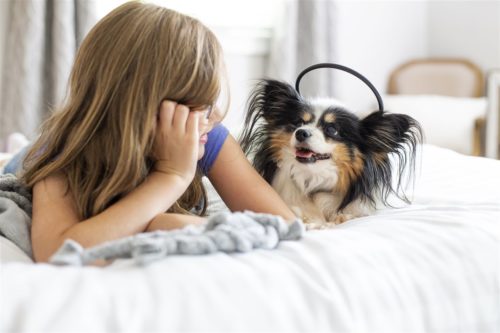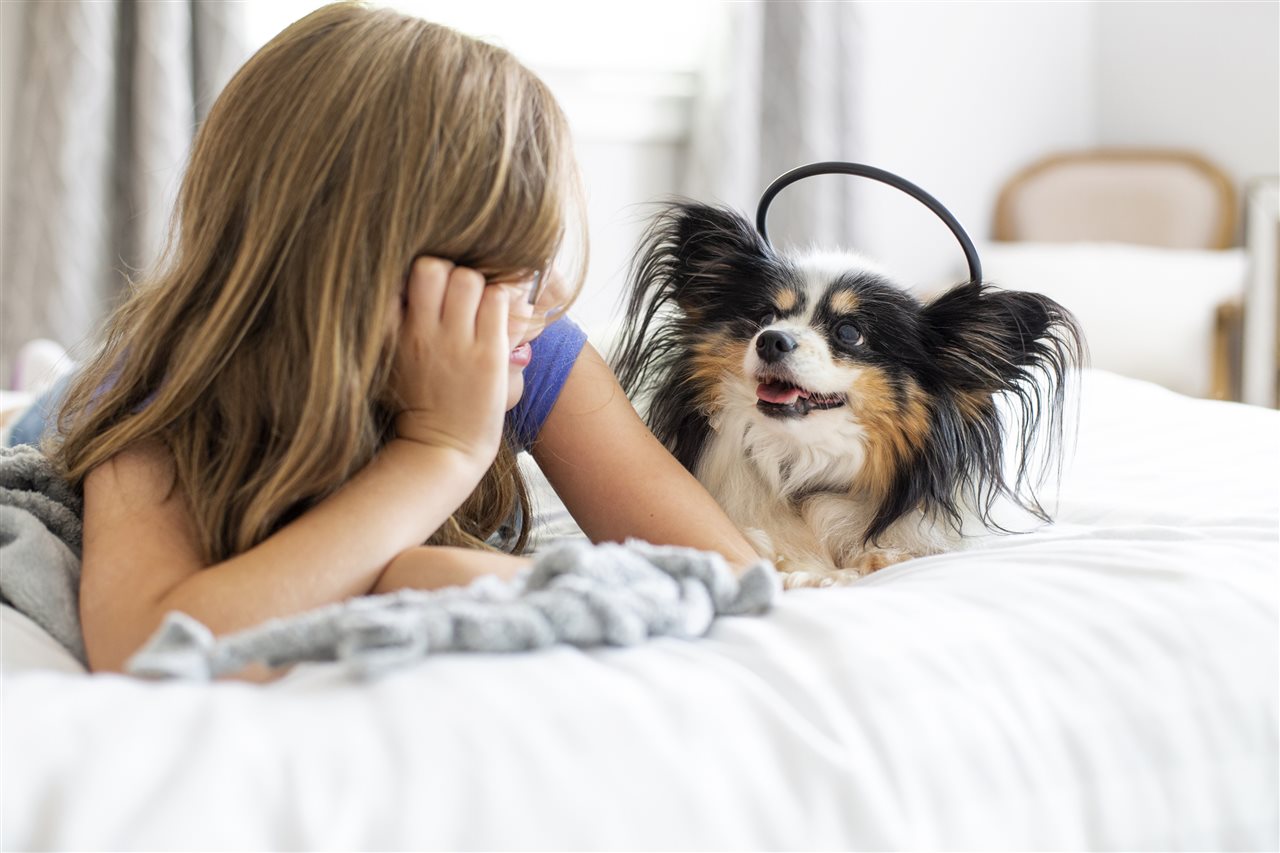
Will your dog miss you when you go back to work?
(BPT) – For almost all of us, we have been on “sit and stay” for over two months. The only person happy about this is the dog.
The question is, when we return to some normalcy, and head back to work, or to re-start life, what will be the effect on our canines? Some dogs are at higher risk for anxiety when we return to our new normal.
Dogs previously diagnosed with Canine Separation Anxiety should return to preventative measures before the owner returns to work. For dogs adopted during the “stay at home” regulations, their new owners should start leaving the dog alone for short periods of time, testing reactions. For the dog never exhibiting any tendency toward anxiety, owners should be vigilant; the events of the past two months were anxiety-producing for all of us, and that includes the canines. Fortunately, new drug-free solutions are now available to help our canine companions feel calmer.
“Research shows that more than one in seven dogs (13 million) in the U.S. suffer from separation anxiety. We expect this figure to dramatically increase once stay at home restrictions are lifted,” said Dr. Judy Korman, veterinarian at Assisi Animal Health. “What might be initially viewed as bad behavior is actually a cry for help.”
When Jen Berger first got her bulldog Eggnog, she was a joy until Jen had to leave the house. Eggnog paced constantly until she returned. Jen thought this was simply due to Eggnog’s young age, but instead of the problem improving as she grew, it actually got worse.
Symptoms of canine separation anxiety
Dogs with separation anxiety panic and exhibit behavior problems when they can’t be with their owners. Below, Dr. Korman shares the most common symptoms of separation anxiety:
Vocalizing: Barks, howls or whines when you leave or while you’re gone.
Escaping: Chews or scratches at doors or windows in an attempt to escape the home, a crate or exercise pen.
Destructiveness: Chews or scratches on household items when you’re gone.
Pacing: Constant walking in a circle or back and forth as you’re leaving or when you’re gone.
Panting: Heavy breathing as you’re leaving or after you’re gone.
Self-harm: Obsessively licks or chews paws, legs or tail when you’re gone.
Potty accidents: Urinates and/or defecates when you’re gone, even though they’re house-trained.
Solutions for separation anxiety in dogs
There are several treatment options if your dog has separation anxiety, including training techniques, medication and non-prescription therapies. Jen worked with her veterinarian and initially decided to put Eggnog on anxiety medication. Then she learned more about anxiety in dogs and a drug-free solution called Calmer Canine.
“In dogs with separation anxiety, the area of the brain responsible for processing emotions and detecting fear goes into overdrive. This area is called the amygdala,” said Dr. Korman. “The result is an imbalance of chemicals and hormones that leads to behavior changes.”
Based on technology that has been used to treat medical conditions in humans (including anxiety and mood disorders) since the 1970s and with a similar approach to what’s been used to treat pain and inflammation in more than 50,000 animals , Dr. Korman and a team of veterinarians, neurobiologists and engineers developed a safe and effective way to treat anxiety in a dog’s brain. The result is the only drug-free product invented to treat dogs diagnosed with separation anxiety.
For Eggnog, Calmer Canine was the right solution. After using the device for six weeks with two 15-minute treatments per day, her separation anxiety improved greatly. “We recently received her progress update and were thrilled to learn that Eggnog’s pacing and panting symptoms are much less and that she has been removed from her anxiety medications completely,” said Dr. Korman.
Symptoms of separation anxiety can mimic other issues, such as a medical condition or age-related behaviors. To learn if your dog might be suffering from separation anxiety, visit www.calmerk9.com, take the quiz and learn more about treatments.

